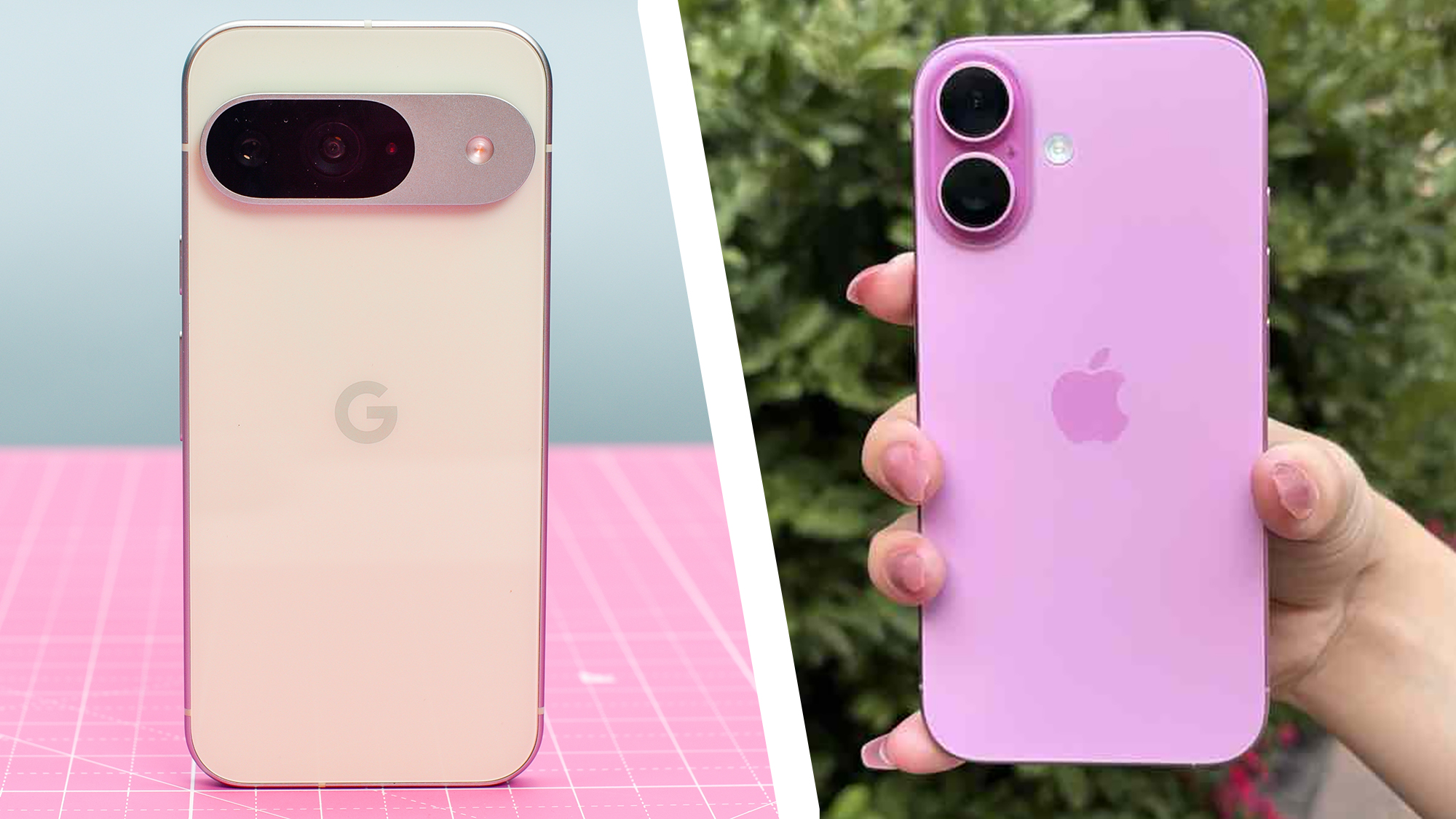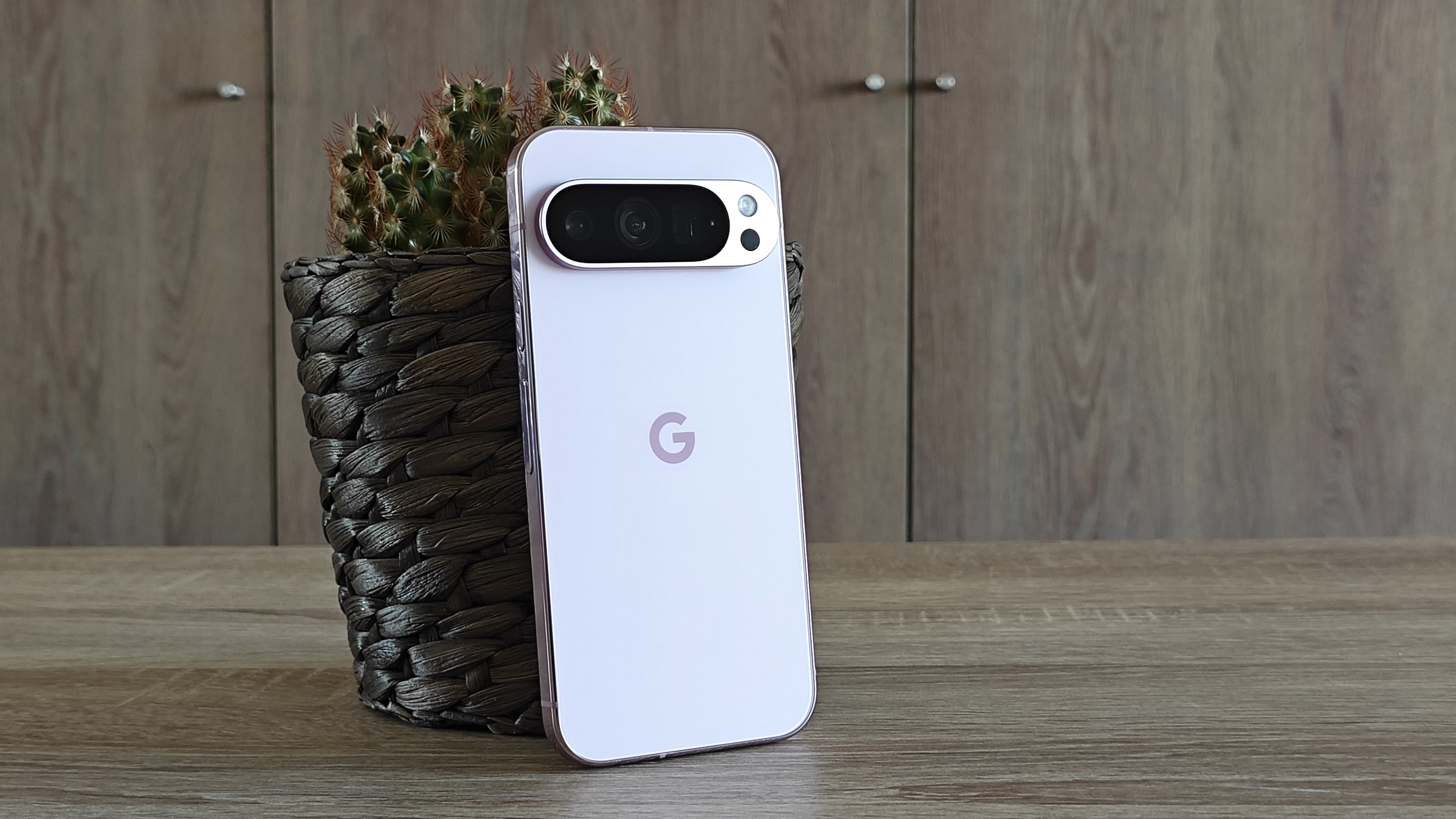5 things the Google Pixel 10 needs to do to beat the Apple iPhone 17 in 2025
It's Google vs Apple again

We're now well into 2025, and two of the biggest flagship phone launches are still to come. I am of course talking about the Pixel 10 (due in August) and the iPhone 17 (due in September) and as someone with extensive experience of handsets from both Google and Apple (blame the tech journalism), I've got some thoughts about how the Pixel can get the upper hand this year.
When I say the upper hand, I'm not really talking about sales numbers: iPhones and Samsung Galaxy phones are going to win that battle for a good few years yet, at least as far as the US is concerned (globally, the market is a bit more competitive). Instead, I'm going to focus on what would resonate with me, and I suspect a lot of other consumers, too.
You'll see we awarded 4 stars out of 5 to the Pixel 9 in our Google Pixel 9 review, while in our Apple iPhone 16 review, we gave Apple's handset 4.5 stars out of 5. That means Apple currently has a slight edge when it comes to these flagship phones, so how can Google catch up this year?
1. Keep the camera bar
The Google Pixel 9a might be easier to lie down on a flat surface, but at what cost? The removal of the iconic Pixel camera bar from the design means the mid-ranger looks rather ordinary and nondescript, lost in a crowd of similar smartphone slabs.
In our Google Pixel 9a review, we described it as "dang ugly", and so I'm hoping that the big camera bump makes a triumphant return with the Pixel 10. It provides more room for additional camera technology, on top of everything else.
The iPhone 17, meanwhile, seems to be having something of an identity crisis – or at least the Pro models are, based on the leaks we've seen so far. It seems like Apple isn't sure where to go next with the design, so Google could score a win here in terms of aesthetics.

2. Focus on Google Gemini
It's no secret that the rollout of Apple Intelligence has been badly bungled so far, so much so that Apple has had to go on record to say it over-promised and under-delivered, which you can be sure was acutely embarrassing for a company of Apple's stature.
Google Gemini, meanwhile, is rapidly improving – in the last month or so we've seen new AI models that are smarter than ever, as well as Gemini Live screen and camera sharing roll out for all users – even those who are using Gemini for free.
There's a clear winner here already, but Google can't be complacent. Apple engineers will be busy behind the scenes trying to get Siri up to the level of Gemini and ChatGPT, and so it makes sense for the Pixel 10 to have yet more AI features baked right into it.
3. Improve performance
Apple's lead in terms of raw processor performance is as clear as its failings in AI: if we're talking solely about CPU speed, the A18 and A18 Pro chips inside the iPhone 16 series beat the Tensor G4 chip you'll find inside the Pixel 9 phones.
That doesn't mean the Pixel 9 is in any way slow or laggy, but it's something that Google needs to address if it wants to fully catch up with Apple. When it comes to gaming, video editing, or just jumping between apps, performance matters.
Unfortunately for mobile enthusiasts, the leaks to date suggest the Tensor G5 isn't going to be a huge leap forward from the Tensor G4 in terms of performance. I'm hoping that as Google gets better at designing its own chips, we'll see a bigger upgrade here.
4. Offer value for money
If you're of a certain age, you may remember handsets like the Google Nexus 5 and Google Nexus 6, which managed to combine flagship specs with mid-range pricing. Google was essentially doing the OnePlus trick before OnePlus got started.
As the Nexus series has given way to the Pixel series, that value-for-money aspect has disappeared – although the 'a' phones have taken up some of the slack. The Pixel 9 starts at $799 / £799 / AU$1,349, while the iPhone 16 starts at $799 / £799 / AU$1,399.
You'll notice those prices for the 128GB models are identical, except for Australia, and if Google was able to shave off a little from the cost of the Pixel 10, it would help it stand up better against the iPhone 17 – and bring back memories of the Nexus phones.

5. Improve battery life
Smartphones seem stuck as far as battery life goes, with most handsets on the market lasting a full day of general use, so an overnight charge is always required to get through a substantial amount of a second day.
Could Google change this with the Pixel 10? It depends on the efficiency improvements it manages with the Tensor G5 chip, and also on any power-saving features that arrive with Android 16 (which should be out before the Pixel 10 phones).
Comfortably managing two days of battery life between charges would set the Pixel 10 apart from the iPhone 17 and just about every other phone available right now. It's a tough ask, but it's something all users want to see.
You might also like
Get daily insight, inspiration and deals in your inbox
Sign up for breaking news, reviews, opinion, top tech deals, and more.

Dave is a freelance tech journalist who has been writing about gadgets, apps and the web for more than two decades. Based out of Stockport, England, on TechRadar you'll find him covering news, features and reviews, particularly for phones, tablets and wearables. Working to ensure our breaking news coverage is the best in the business over weekends, David also has bylines at Gizmodo, T3, PopSci and a few other places besides, as well as being many years editing the likes of PC Explorer and The Hardware Handbook.
You must confirm your public display name before commenting
Please logout and then login again, you will then be prompted to enter your display name.